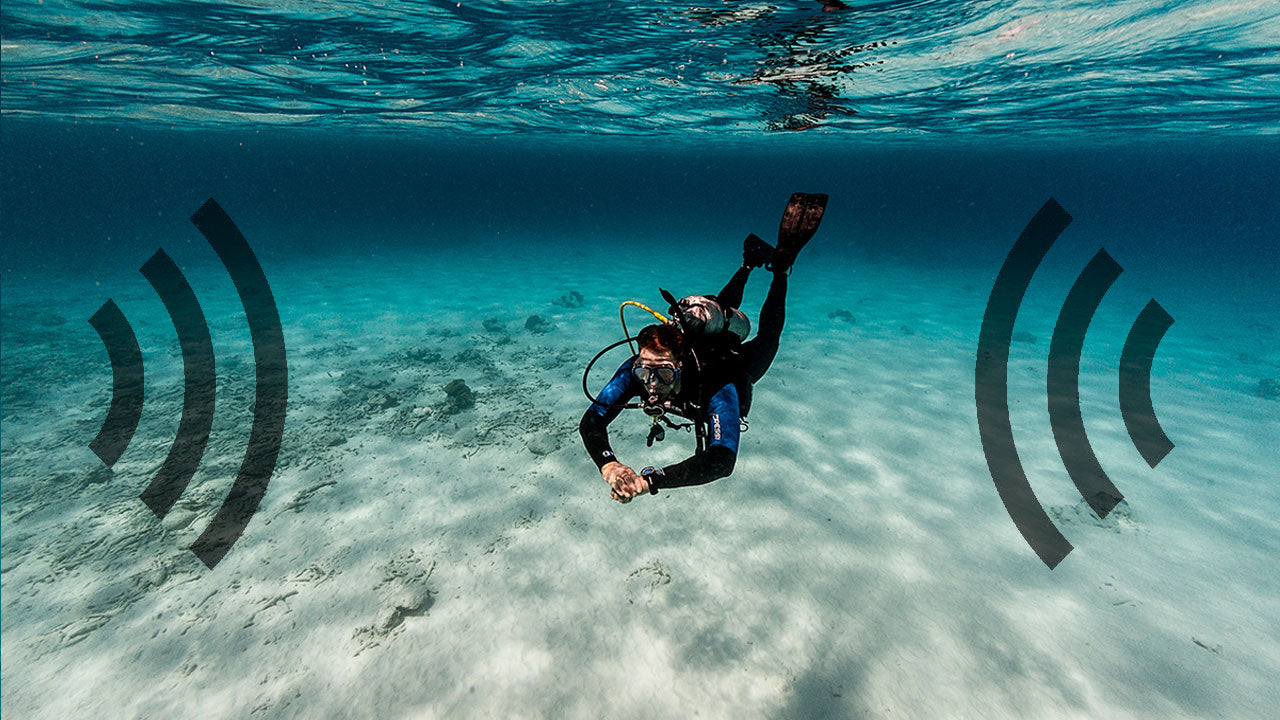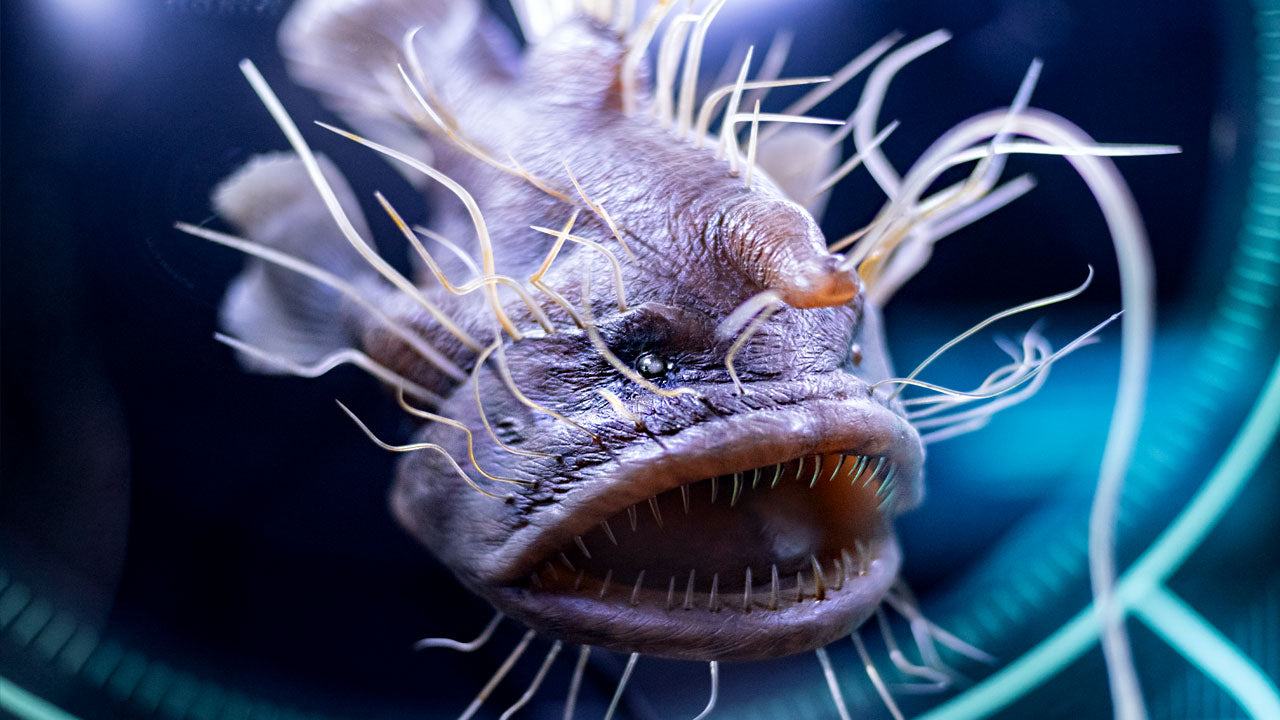Meet a Sea Worm That Looks Like a Christmas Tree

For those who celebrate Christmas, tree decorating comes once a year, but in the world's tropical seas, there are magical creatures that brim with holiday spirit year-round. They look like miniature festively adorned firs and thus are commonly known as Christmas tree worms. In reality, the beautiful underwater “pines” are just the tip of this worm's iceberg. Two-thirds of the Spirobranchus’ body lies hidden in a calcium carbonate tube inside a coral reef.
The worm builds its tiny home using its own secretion and can live there for up to 40 years. It adjusts the growth rate of its bunkers to match the coral’s growth and maintain the opening that allows its brilliantly hued tentacles to extend out from the reef, providing the only obvious sign of the worm's presence. Each worm has two tentacles known as radioles. The radioles typically span a little over an inch (2.5 cm) long, and come in a wide variety of colors including blue, orange, yellow, white, red and pink. In addition to serving as external gills, they're also covered with hairlike cilia that help the filter-feeding Christmas tree worm trap plankton and pass it down to its mouth to snack on.
Despite their variety of colors, Christmas tree worms all belong to one species, Spirobranchus giganteus. They're widely distributed in Earth's tropical and subtropical seas, especially the Caribbean and the Indo-Pacific. They prefer shallow water and typically live at depths between 10 and 100 feet (3-30 meters). Thanks to their vivid colors and shallow habitats Christmas tree worms are a common sight for divers and snorkelers.

Christmas tree worms are also known for being skittish, quickly retracting into their tubes when they sense movement in the water. They can seal themselves in using an operculum, a specialized body structure that can open and close like a door. The worms slowly re-emerge about a minute later, making sure the coast is clear before fully extending their crowns.
Although there are male and female worms, like most polychaetes, Christmas tree worms do not mate. Instead, they engage in external fertilization. Males and females cast their sperm and eggs into the open water without leaving their burrowed tubes. Once the sperm fuse with the eggs, fertilization takes place. The fertilized eggs develop into larvae in a matter of hours. The larvae then settle into the coral reefs and start building their own little tubes. Interestingly enough, the baby worms seem to know which corals are more suitable to become their future homes. Some worms of the Spirobranchus genus prefer certain coral species or types, typically less aggressive ones. By the way, the corals benefit, too. Researchers have found that Christmas tree worms may protect some corals from bleaching, algal smothering and predation from animals like crown-of-thorns starfish.
All in all, as a species, Spirobranchus giganteus seems to be doing pretty well. Its populations are stable with no major threats, other than local pollution or being taken from the wild by coral collectors.


Pictures by Nick Hobgood - Own work, CC BY-SA 3.0 and Alexander Vasenin - Own work, CC BY-SA 3.0




